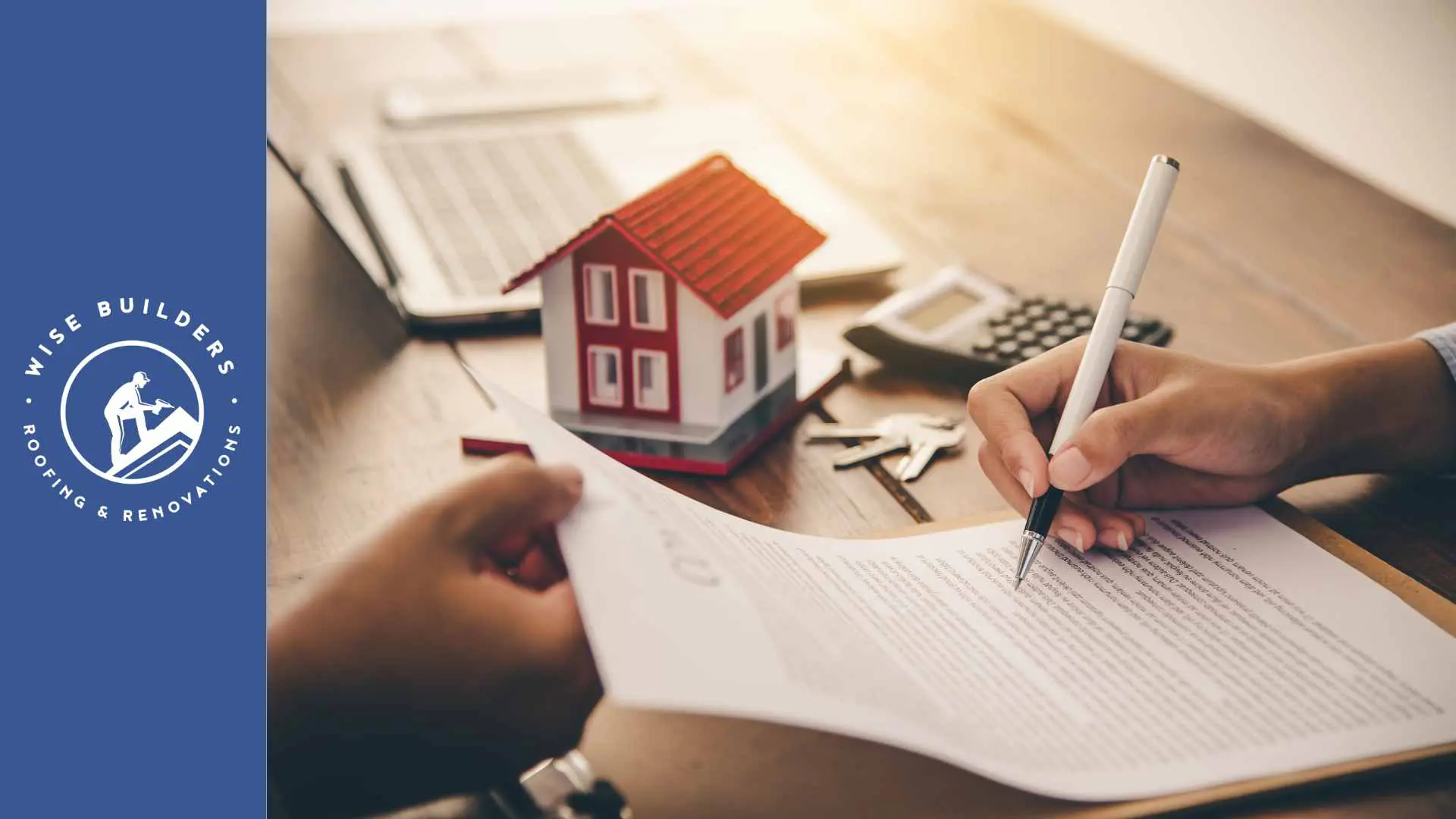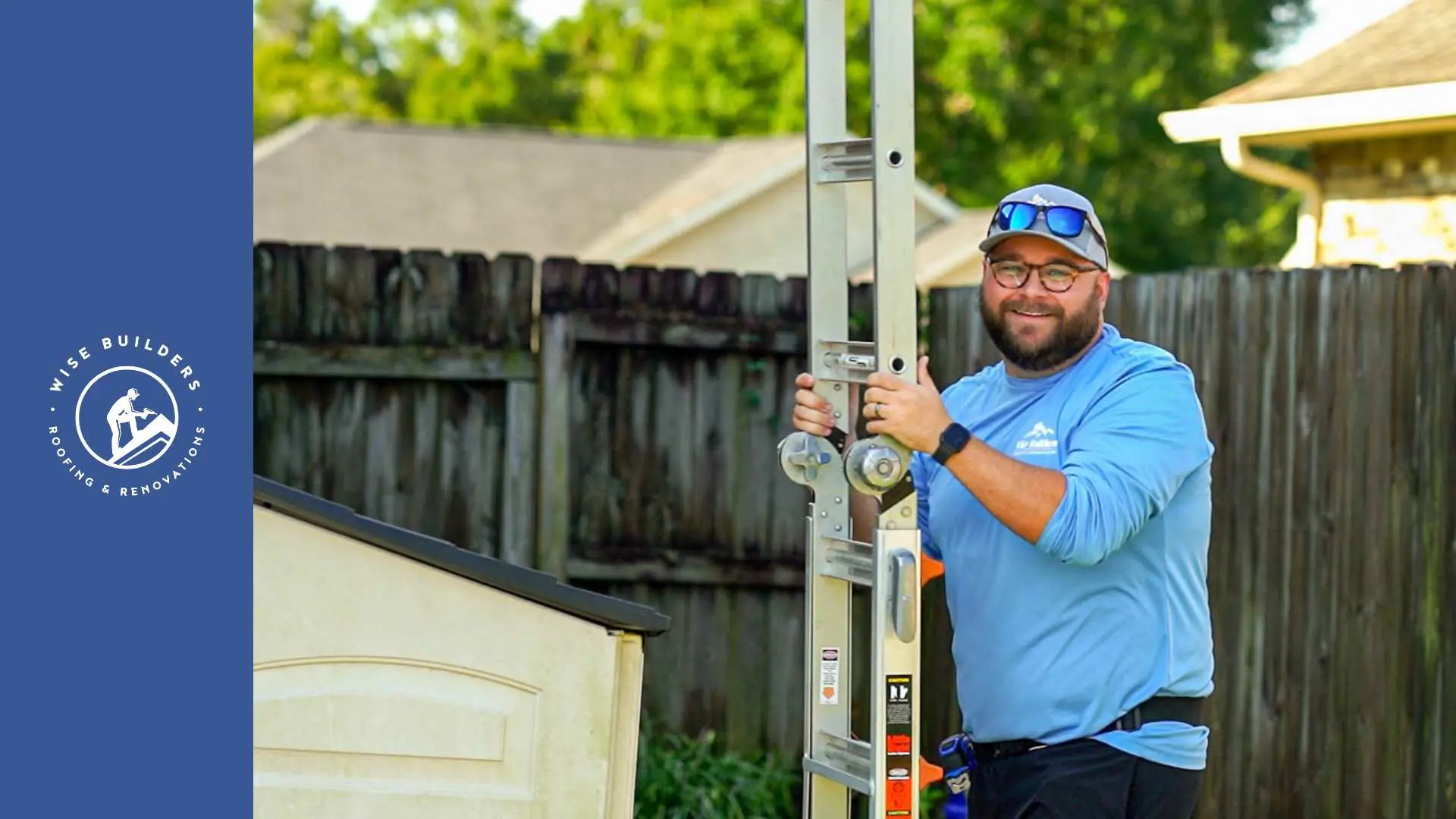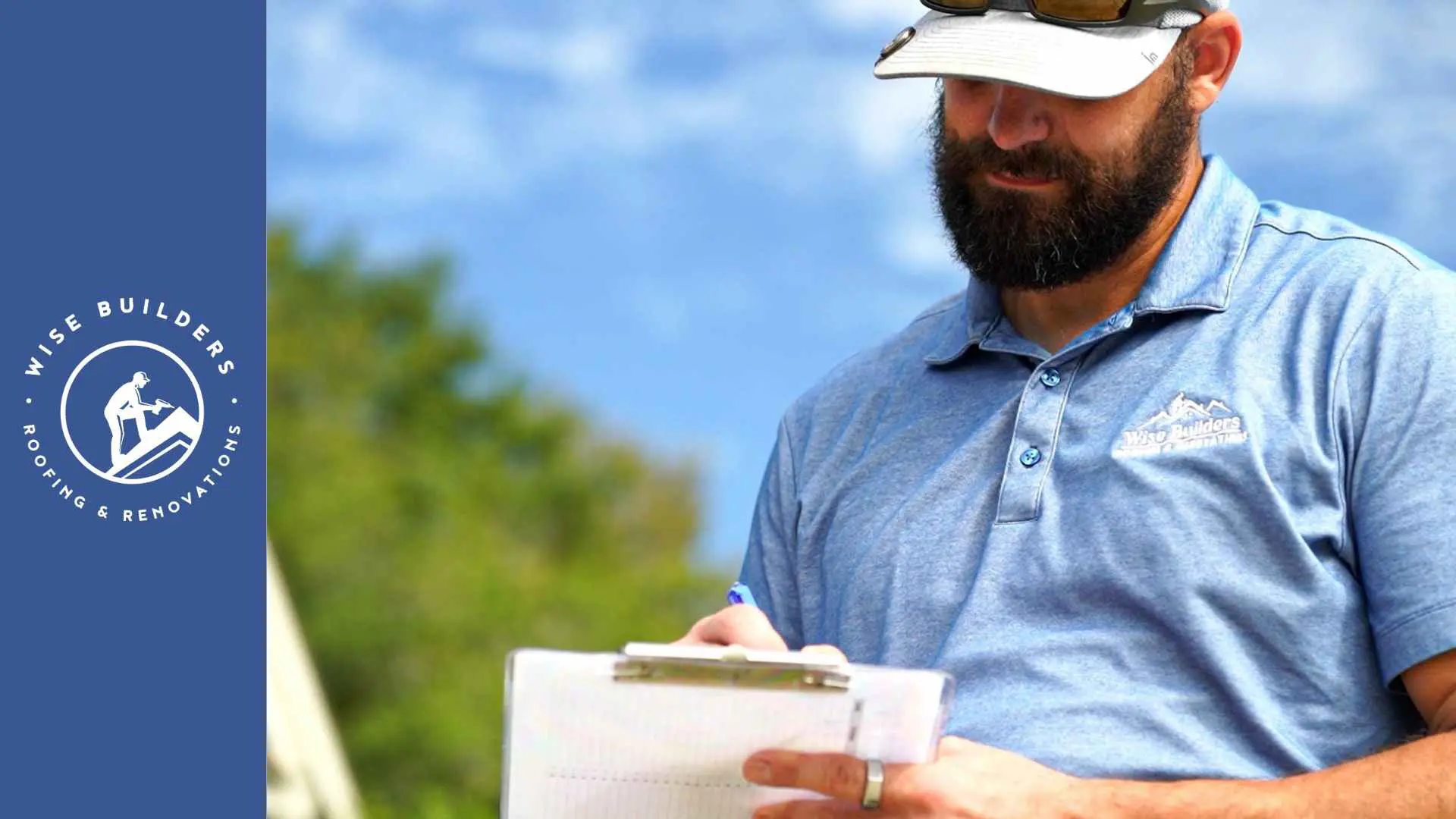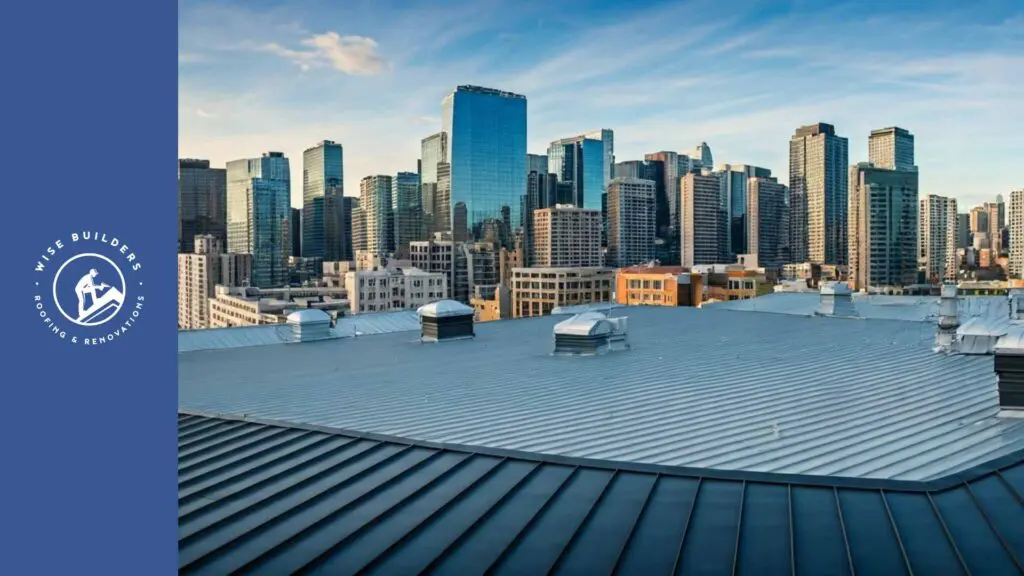
Key Highlights
- Commercial roofs come in a variety of materials such as EPDM, TPO, and metal, each designed for specific needs.
- Proper selection of a roofing system depends on weather resistance, energy efficiency, and durability.
- Modern roofing technologies incorporate eco-friendly solutions like green roofs and solar panels.
- Key factors to consider include cost-effectiveness, maintenance requirements, and compatibility with the building’s architecture.
- Roofing materials such as PVC and modified bitumen offer long lifespans with effective insulation properties.
- Working with professional roofing contractors ensures optimal material selection and quality installation.
Introduction
When it comes to commercial properties, selecting the right roof is critical to ensuring durability and performance. The wide range of commercial roofing types can be overwhelming, as it spans from types of commercial roofing systems like TPO and EPDM to traditional materials like metal or modified bitumen. Each system is tailored to match unique building needs, weather conditions, and budgets. Through informed choices, building owners can secure roofs that enhance functionality, protect property, and offer long-term benefits.
Overview of Commercial Roofing Materials
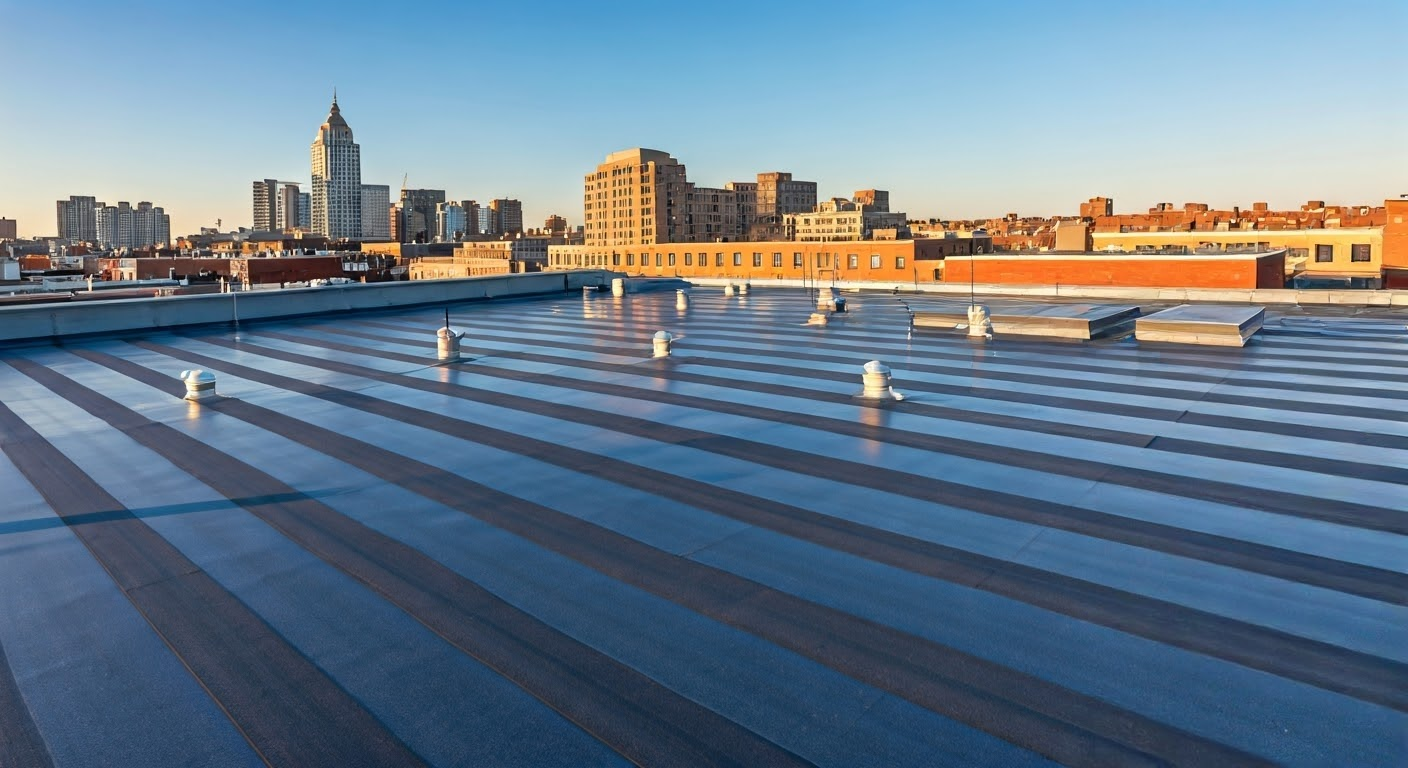
The choice often depends on the flexibility of installation, expected lifespan, and compatibility with the building’s architecture. For instance, EPDM roofing is prioritized for its affordability and UV resistance, while materials like PVC and metal boast stronger durability and energy-efficient properties. As roofing technology advances, options like solar roofing and roof coatings significantly aid in reducing energy costs and maintenance requirements, affirming the importance of selecting the right roof type for your commercial property.
Key Benefits of Various Roofing Materials
One of the primary advantages of modern roofing materials is their focus on energy efficiency, which reduces long-term heating and cooling expenses. TPO and PVC membranes, with their reflective capabilities, help regulate indoor temperatures, cutting energy costs for building owners.
Another key benefit is their long lifespan. Metal roofing, for example, can last up to 50 years or more with proper maintenance, making it a suitable investment for buildings requiring extended protection. Modified bitumen and EPDM roofs also deliver durability in extreme climates.
The ability to resist UV rays efficiently ensures that materials like EPDM rubber roofs maintain their strength without degradation. Roofing technologies today also integrate eco-friendly materials, including those found in green roofs, emphasizing the combined advantage of environmental sustainability and long-lasting performance.
Common Materials Used in Commercial Roofing
EPDM roofing is one of the most resilient options for flat roofs. Known for its elasticity and toughness, EPDM is UV-resistant and performs well under harsh sunlight. Its economical pricing paired with easy installation makes it a popular choice for business owners.
Metal roofs, on the other hand, combine longevity and style, often lasting over 70 years. These roofs are available in materials like aluminum, steel, and zinc, perfectly suited for both steep-slope and low-slope structures. They reflect sunlight effectively, offering enhanced energy efficiency.
Polyvinyl chloride (PVC) roofing emerges as another standout, especially in humid conditions or areas prone to chemicals. Its durability against elements like high winds and fire ensures it becomes a go-to material for industrial buildings. With customizable aesthetics and recyclability, PVC represents innovation in modern commercial roofing.
Detailed Types of Commercial Roof Systems
Commercial roofs are broadly categorized into flat or low-slope roofs and steep-slope roofs, each suited for distinct structural needs. Low-slope systems, such as EPDM and PVC, provide efficient drainage and are ideal for warehouses and retail centers. These roofs are easy to maintain and highly durable against UV rays.
Steep-slope roofs, often used on architectural designs like hotels, showcase materials like shingles or metal roofing. Their visual appeal adds to the building’s design aesthetics while offering reliable water and energy management solutions.
Single Ply Roofing – TPO and PVC
TPO roofing (Thermoplastic Polyolefin) is a versatile and energy-efficient roof membrane solution, commonly seen in low-slope roofs. Its ability to reflect UV rays enhances interior cooling efficiency, making it a sustainable choice for warm climates.
Meanwhile, PVC roofing offers superior strength and durability, resisting fire and chemical exposure effectively. This makes it particularly suitable for restaurants or industrial buildings that face challenging environments. Its welded seams create a durable and watertight bond.
Both TPO and PVC systems are single-ply roofing options with easy installation and a variety of customization opportunities, including color choices. These lightweight materials ensure long-lasting performance, lowering maintenance expenses for commercial property owners.
Modified Bitumen and Built-Up Roofing
Modified bitumen roofing combines traditional asphalt with polymers to enhance flexibility and resistance to extreme temperatures. Applied in layers, it offers superior protection, particularly in seasons of high thermal stress. This roofing type is highly rated for weather resistance.
Built-Up Roofing (BUR), with its alternating layers of tar and gravel, has remained a reliable choice for over a century. Its seamless surface withstands foot traffic efficiently, ensuring reduced maintenance costs. BUR systems are often preferred for their adaptability to varying load capacities.
Both bitumen roofing systems and BUR roofing protect against water penetration, hail, and wind damage. As established solutions for low-slope commercial roofs, they remain cost-effective and durable options for building owners.
Metal Roofing Varieties and Advantages
Metal roofing systems are highly valued for their steep slope compatibility and unparalleled strength. These systems are fire-resistant and highly effective at reflecting UV radiation, making them an energy-efficient investment.
| Metal Type | Key Features |
|---|---|
| Corrugated Steel | Affordable, durable |
| Aluminum | Lightweight, rust-proof |
| Copper | Longevity, aesthetic appeal |
Modern metal roofing with protective coatings prevents corrosion in humid environments. From contemporary styles to industrial-grade durability, metal roofs are ideal for building owners focused on long-lasting solutions.
Green and Solar Roofing Options
Green roofs combine natural vegetation with waterproof membranes, offering eco-friendly solutions for buildings. They improve air quality, reduce stormwater runoff, and act as natural insulation, lowering energy dependence.
Solar roofing, on the other hand, involves the installation of photovoltaic systems that absorb sunlight and convert it into energy. This innovative option provides substantial energy cost reductions over time.
Together, green and solar roofing systems represent sustainable technologies that enhance commercial property value while ensuring environmental impact reduction. Their benefits make them increasingly attractive in modern urban settings.
Factors to Consider When Choosing a Roof Type
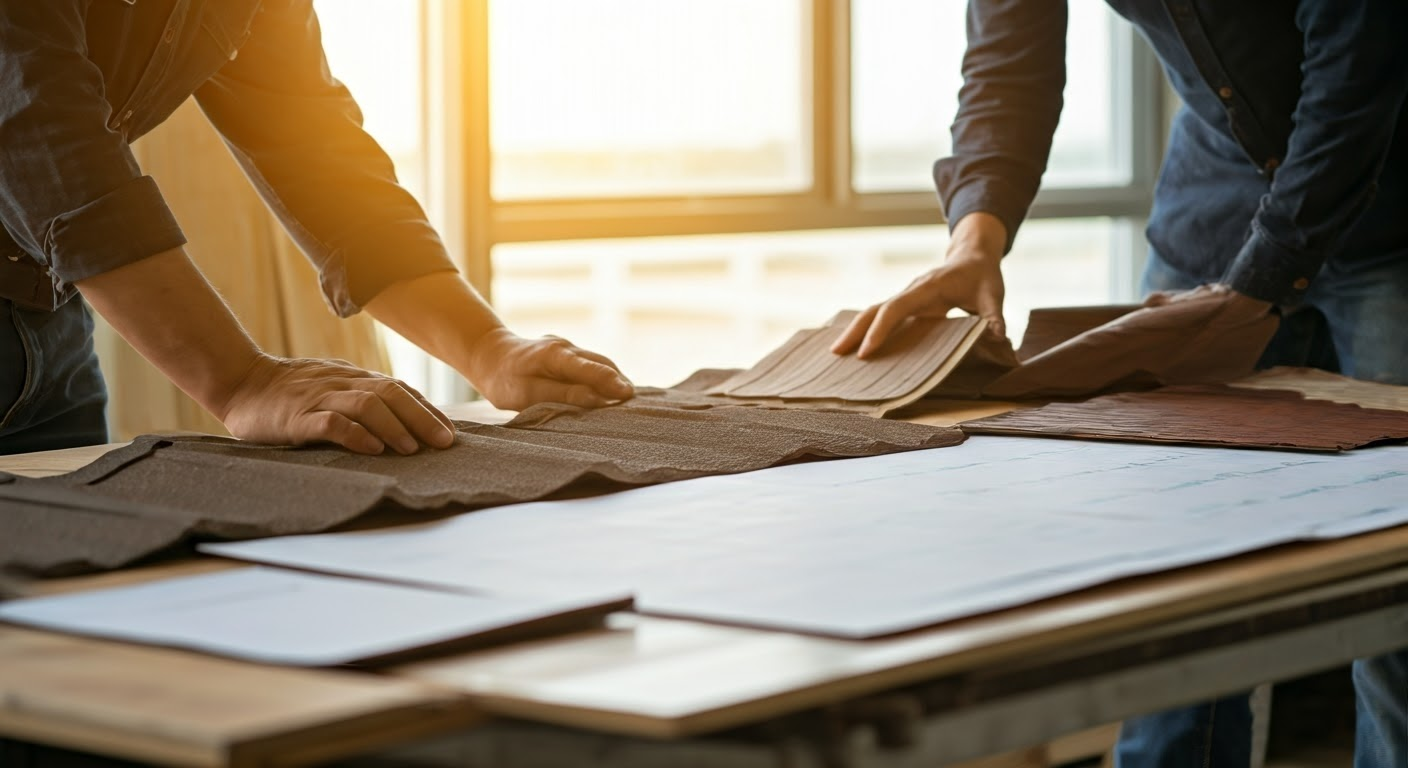
Environmental considerations like wind resistance and extreme weather conditions also influence the decision. Additionally, architects and building owners must focus on aesthetic appeal and architectural harmony when picking materials. Balancing these aspects ensures optimal investment returns while enhancing functionality.
Durability and Maintenance Requirements
Durability stands at the forefront when evaluating a commercial roof for the long run. Roofs made of metal or EPDM exhibit exceptional resilience, withstanding both minor wear and weather changes effectively.
Maintenance requirements vary based on material—metal roofs, despite their long lifespan, might need periodic protective coating, while EPDM demands consistent inspections to prevent punctures. Investing in proper yearly upkeep minimizes risks of roof replacement and ensures cost savings over time.
Overall, selecting a durable and low-maintenance roofing material is an intelligent way to maximize long-term functionality.
Weather Resistance and Insulation Properties
In areas with frequent extreme weather conditions, prioritized insulation properties play a critical role in keeping buildings protected. Metal roofing systems, for example, are resistant to high wind speeds and heavy rainfall.
Weather resistance is essential in selecting materials like PVC and TPO, as they remain unaffected by temperature fluctuations. Such properties also contribute to better energy efficiency, as they insulate interiors effectively against heat or cold.
Balancing structural durability with local weather conditions ensures the longevity of your roof system.
Aesthetic Appeal and Architectural Compatibility
Aesthetic appeal is often a deciding factor for businesses aiming to leave lasting impressions. Roof materials like metal or shingles enhance the visual identity of a structure while supporting its broader architectural vision.
Equally important is achieving architectural compatibility to ensure the selected roofing system harmonizes with the building’s style and purpose. For instance, steep-slope roofs on hospitality properties demand visually appealing materials like slate or tiles.
Building owners must view roofing options beyond functionality, appreciating their contribution to a property’s legacy.
Conclusion
In conclusion, selecting the right commercial roof type is crucial for the longevity and efficiency of your building. With a multitude of options available, from single-ply systems to eco-friendly solutions, it’s imperative to weigh the benefits of each material against your specific needs, such as durability, maintenance, and aesthetic appeal. Remember to consider not only the initial investment but also the long-term implications for energy costs and overall building performance. By making an informed choice, you can ensure that your roofing solution complements your business objectives while providing protection and value for years to come. If you have further questions or need personalized guidance, don’t hesitate to reach out for expert advice tailored to your unique situation.
At Wise Builders, We ensure our clients receive the best possible outcomes. Our commitment to quality workmanship and customer satisfaction is unwavering, making us the top choice for residential Roofing services in our community.
Frequently Asked Questions
What is the most cost-effective commercial roofing material?
EPDM roofing stands out as a cost-effective option. Its affordable materials, combined with a long lifespan and minimal maintenance needs, reduce overall spending. Additionally, its UV-resistant properties offset energy costs, making EPDM a great choice for budget-conscious commercial properties.
How does the choice of roofing affect energy costs?
The right roofing materials, such as reflective TPO or PVC with superior insulation properties, can significantly lower energy costs. These roofs optimize energy efficiency by reducing heating and cooling demands. Adding roof coatingsfurther improves energy savings through enhanced thermal regulation.

